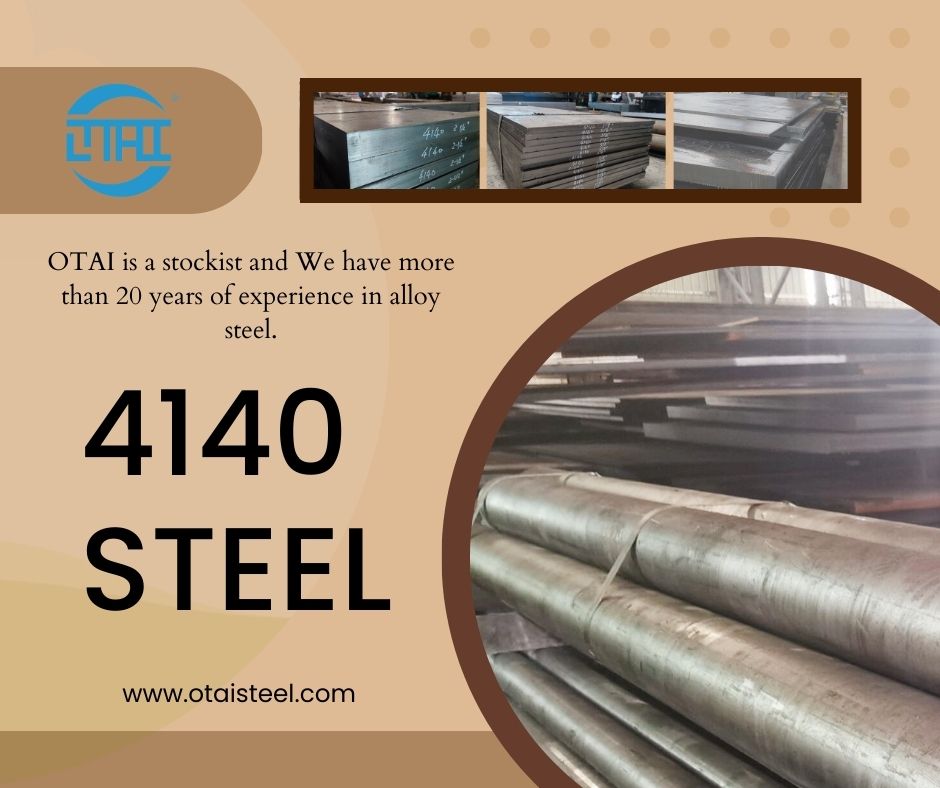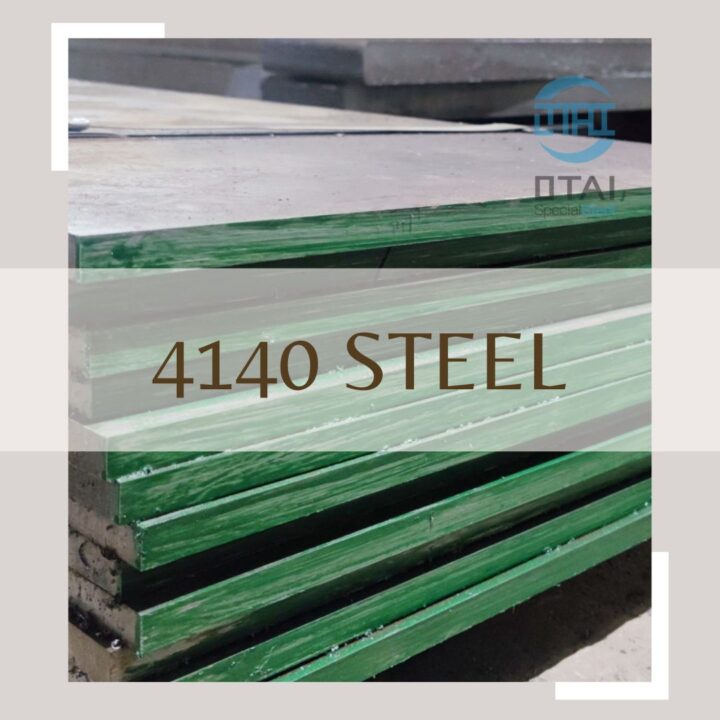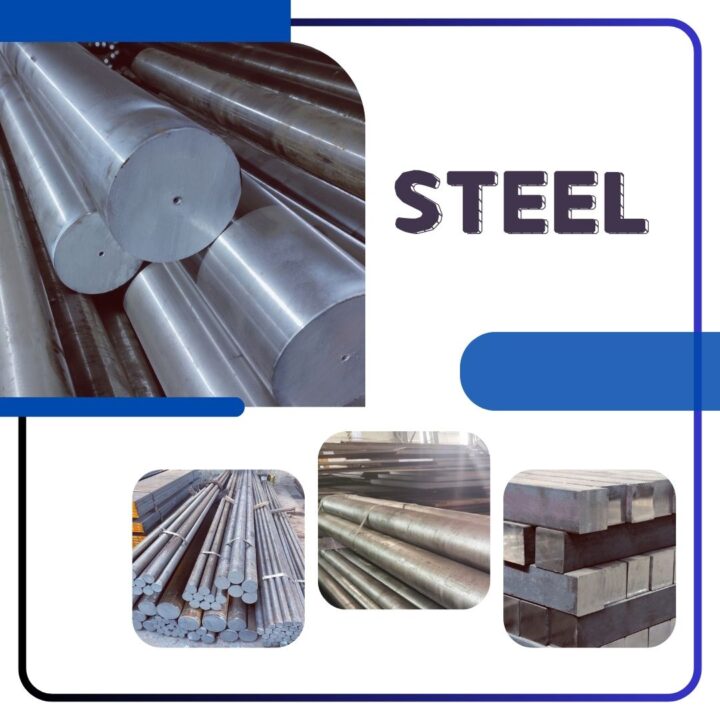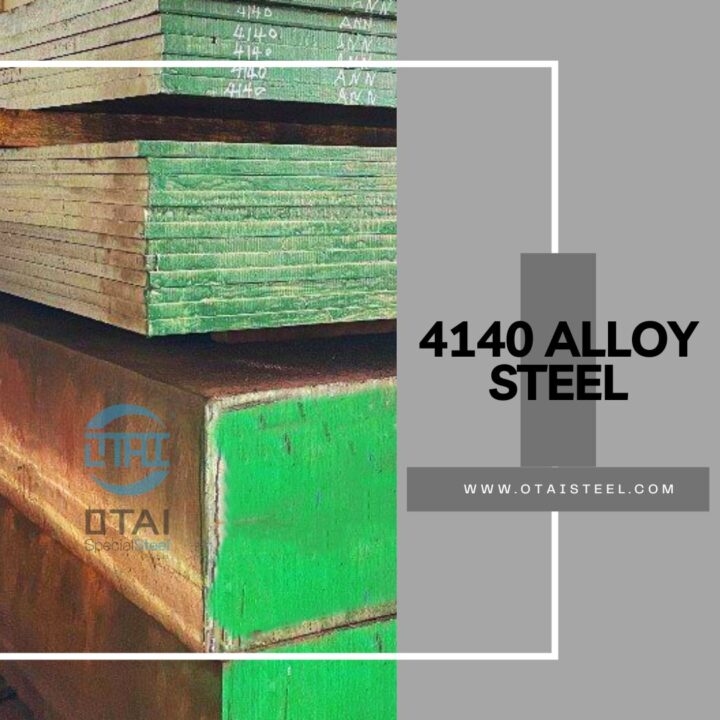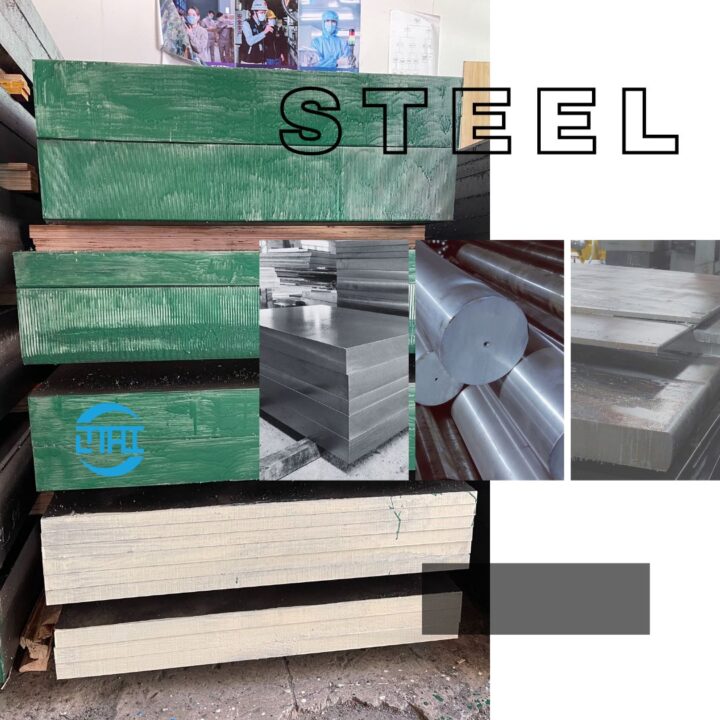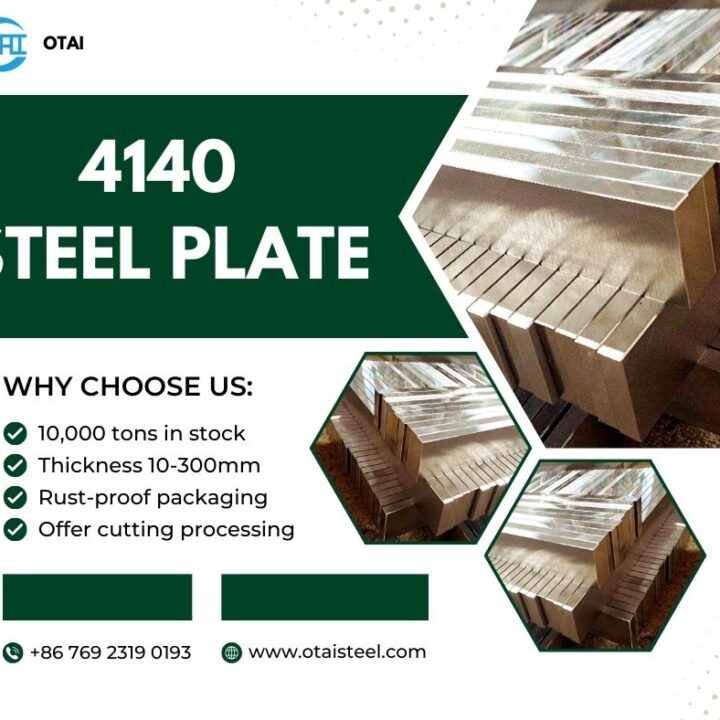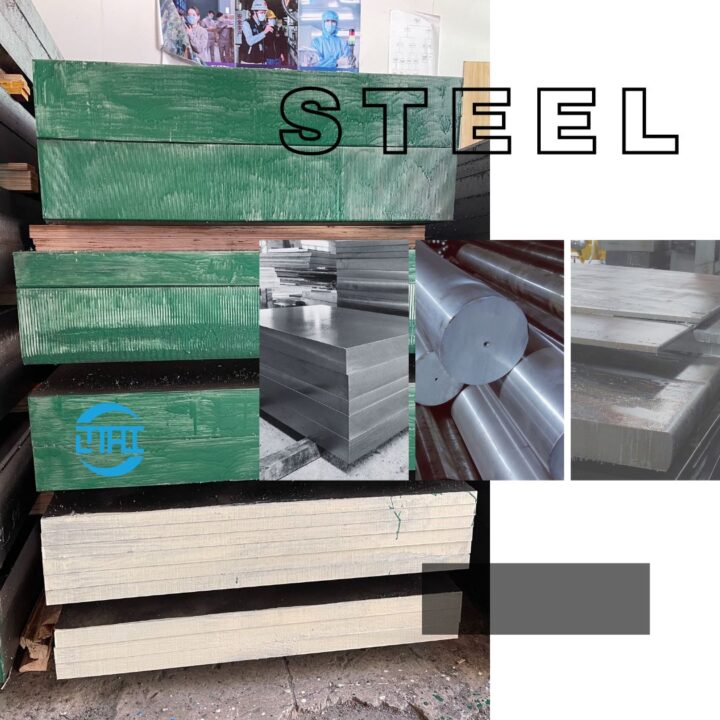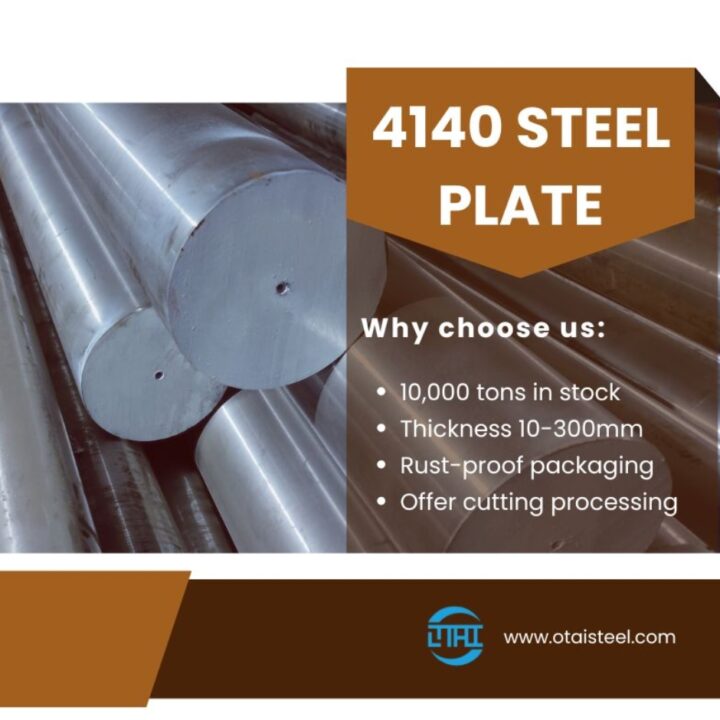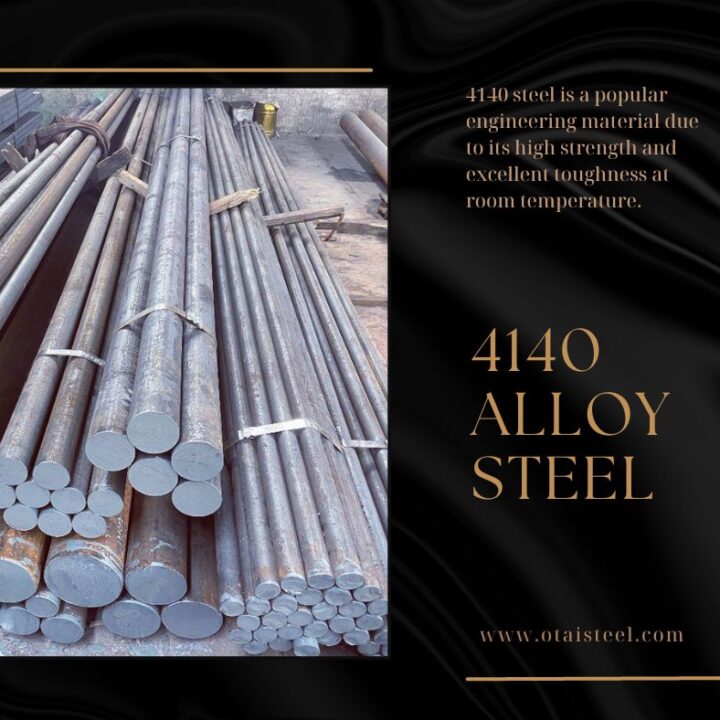4140 HR (Hot Rolled) steel is a versatile alloy known for its exceptional strength, toughness, and wear resistance. It’s widely used in various industries, including automotive, aerospace, and manufacturing, where performance and reliability are paramount. However, achieving the desired mechanical properties of 4140 HR steel often requires a crucial step: heat treatment.
Importance of Heat Treatment
Heat treatment is a controlled process that involves heating and cooling steel to alter its microstructure and, consequently, its properties. For 4140 HR steel, heat treatment is essential to optimize its hardness, strength, and toughness, making it suitable for specific applications.
Types of Heat Treatment for 4140 HR Steel
There are several heat treatment methods available for 4140 HR steel. Each method imparts distinct properties to the material, allowing manufacturers to tailor it to their needs. The primary heat treatment processes for 4140 HR steel are:
Annealing Process
Annealing involves heating the steel to a critical temperature and then slowly cooling it. This process relieves internal stresses, improves machinability, and enhances the steel’s ductility.
Normalizing Process
Normalizing also includes heating the steel to a specific temperature, followed by air cooling. It refines the grain structure, resulting in increased strength and hardness.
Quenching and Tempering
Quenching is a rapid cooling process that hardens the steel, making it extremely strong but brittle. Tempering follows quenching, allowing controlled reheating to achieve the desired balance of hardness and toughness.
Influence of Heat Treatment on Hardness
One of the most noticeable effects of heat treatment on 4140 HR steel is hardness. The choice of heat treatment process and parameters determines the steel’s hardness level. Quenched and tempered 4140 HR steel, for example, can achieve high hardness suitable for applications like toolmaking.
Impact on Strength and Toughness
Heat treatment significantly impacts the strength and toughness of 4140 HR steel. Through careful control of the process, manufacturers can tailor the steel’s properties to meet specific requirements. This is crucial in industries where components must withstand varying loads and impacts.
Improvements in Machinability
Heat treatment can also improve the machinability of 4140 HR steel. By reducing internal stresses and refining the grain structure, the steel becomes easier to machine, resulting in cost savings and increased efficiency during manufacturing.
Heat Treatment’s Effect on Dimensional Stability
Dimensional stability is vital in applications where tight tolerances are required. Proper heat treatment can minimize distortion and ensure that components maintain their shape and size during use.
Achieving Desired Mechanical Properties
The versatility of 4140 HR steel, coupled with the ability to control its properties through heat treatment, makes it a favored choice across industries. Manufacturers can fine-tune the material to achieve the exact mechanical properties needed for their applications.
Heat treatment plays a pivotal role in optimizing the properties of 4140 HR steel, making it a versatile and high-performance material. Whether it’s achieving greater hardness for cutting tools or enhancing toughness for structural components, the heat treatment process ensures that 4140 HR steel meets the demands of various industries.
